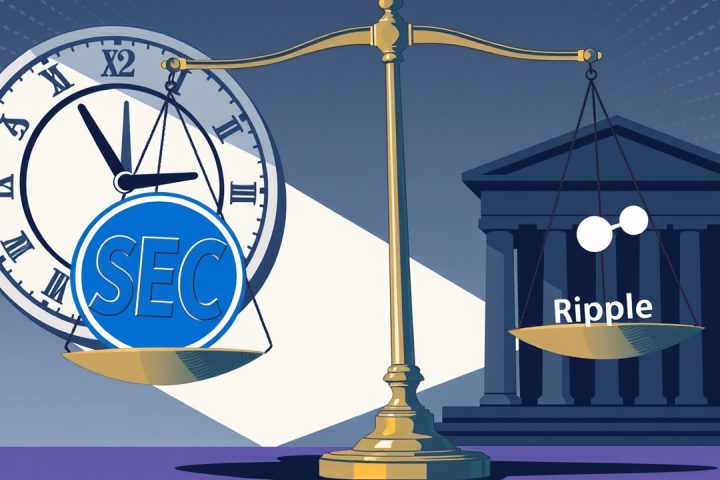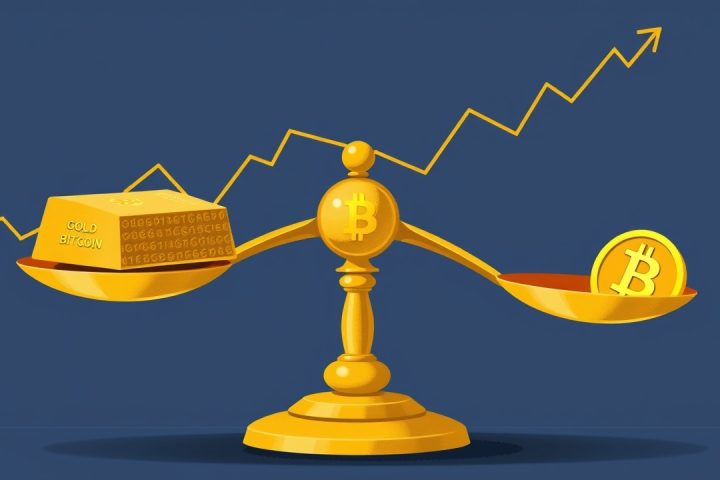Decentralized Finance Landscape
In the ever-evolving landscape of decentralized finance (DeFi), Bitcoin has recently faced a decline in momentum, resulting in a retreat of liquidity and diminished trading volume for altcoins. Amidst this backdrop, market narratives shift toward specific projects that emphasize privacy, leading to notable interest in cryptocurrencies like Zcash (ZEC) and zkSync (ZK), both of which focus on privacy features within their respective blockchain technologies.
Prominent DeFi Protocols
In this exploration, we highlight two prominent DeFi protocols, Aave and Morpho, which are gradually shaping their unique positions in this competitive space. Aave stands as an established player with a robust presence, while Morpho, as a newer entrant, presents an innovative lending paradigm.
Aave Overview
As of now, Aave is valued at approximately $195, maintaining its place above a crucial support level of $169. The protocol’s market capitalization rests around $3 billion, with a fully diluted valuation (FDV) of $3.1 billion and a total value locked (TVL) of $35.2 billion across 12 different blockchain networks. This enables users to earn around 3.6% APY by supplying USDT. For potential investors, price levels of $169 and $129 are seen as viable entry points, whereas resistance levels can be found at $251 and $333.
Morpho Overview
On the other hand, Morpho is currently trading at $1.66, presenting a market capitalization of $575 million, an FDV of $840 million, and a TVL of $12.5 billion. Users can expect a slightly higher APY of 3.8% when supplying USDC. The next support level for Morpho sits at $1.27.
Operational Philosophies
The two protocols share a common purpose in lending but diverge in their operational philosophies. Aave utilizes a pooled liquidity model where users can deposit assets that are then lent out through smart contracts, providing a straightforward and reliable experience for users. Its significant TVL highlights its effectiveness in DeFi lending, offering liquidity aggregation and variable interest rates. However, the protocol does face challenges, particularly when fund utilization rates decrease, leading to idle liquidity and automatically lowered interest rates.
To address these issues, the upcoming Aave V4 proposes a shift toward a hub-and-spoke model, establishing a central liquidity hub with specialized markets to enhance system efficiency and responsiveness to user needs.
Conversely, Morpho’s decentralized lending framework stands out by allowing borrowers and lenders to connect directly with no centralized liquidity pool. In cases where a match isn’t available, Morpho employs Aave or Compound pools for routing, thus maintaining high yield rates and ensuring capital isn’t left unutilized, promoting utilization ratios that could reach near 100% compared to Aave’s 80-90% cap.
Risk Management and Governance
While Aave meticulously manages risk through collective liquidity pools, a sharp decline in collateral can affect all users equally, thereby introducing systemic risks. Morpho’s approach, however, minimizes this risk by isolating individual markets, ensuring that issues in one sector do not precipitate widespread fallout across others.
Both Aave and Morpho have launched governance tokens (AAVE for Aave and MORPHO for Morpho), reflecting their roles in protocol operations and community decision-making. Aave has also introduced GHO, its over-collateralized stablecoin, which has encountered volatility in its first year but stabilized significantly thereafter.
Security and Investment Considerations
Security remains critical for both platforms. Aave has endured a past hack not affecting user funds, while Morpho has successfully navigated incidents with measures to recover funds. Together, these protocols showcase the diversity and innovation within DeFi, with Aave serving as a veteran participant and Morpho emerging with foundational ties to the Base ecosystem.
Financial ratios reveal that while Aave’s FDV/TVL ratio is 0.088, Morpho’s is 0.067, suggesting the latter could be undervalued relative to its capabilities. Users seeking to supply liquidity may find Morpho appealing for its higher APY, whereas borrowers might prioritize Aave for its superior liquidity options. For those considering long-term investments, Aave’s established reputation may ultimately offer a safer bet based on its historical performance and ongoing development.
As always, it is essential for potential investors to conduct thorough research and understand risks before venturing into the cryptocurrency market. This analysis serves an educational purpose and does not constitute financial advice.




